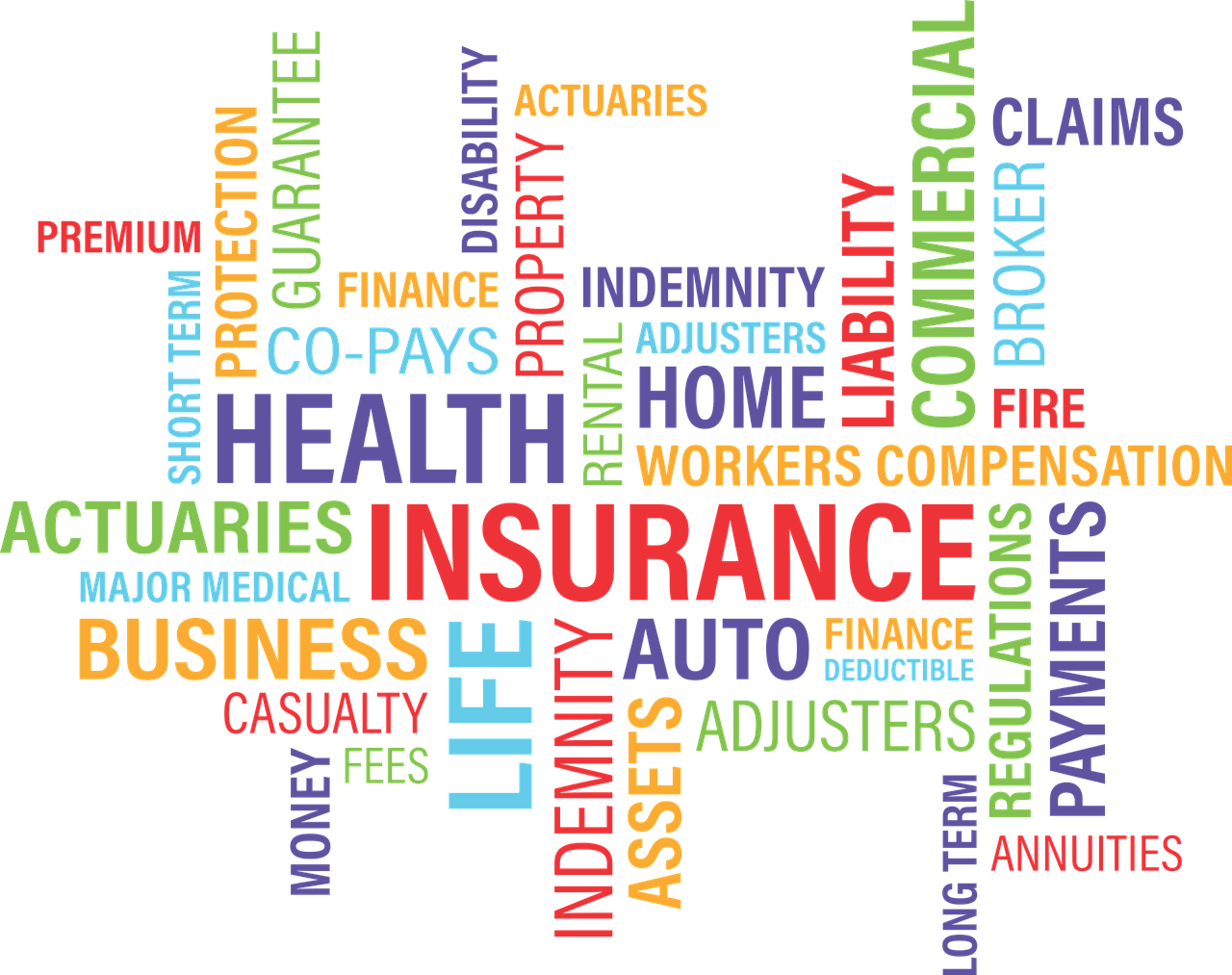What if you were able to come out of this time of social distancing and economic crisis with a stronger and healthier financial life? What if you looked at this as an opportunity to take a little bit of your extra time each day to work on your finances?
Auto Insurance
Auto Insurance
Auto Insurance
Since I wrote about my thoughts on cars last week, I thought I would write about auto insurance this week as a follow-up. Most people, even those who you might consider financially responsible, don’t look through their insurance policies to evaluate if the coverage they have is appropriate or if they’re paying too much. A lot of the time I think this may be because they find it to be too confusing and overwhelming. Do you know what coverage you have, or did you just take what the agent told you to? Hopefully, this article can give you some tips to figure out if you have the right insurance in place and/or save you some money.
The Most Overlooked (And Cheapest) Form of Insurance
3 minute read
Today, we’re going to talk about liability insurance. Liability insurance protects you against claims that you have injured someone or damaged their property. The most common forms of this type of coverage are auto insurance and homeowner’s insurance. You probably have these policies in place if you own a car or a house, but have you ever considered what would happen if your coverage amounts aren’t enough?
Liability Coverages
Auto insurance policies can contain several different kinds of coverages including liability limits for bodily injury per person as well as a maximum liability limit covered per accident, liability coverages for property damage, collision coverage, comprehensive coverage, and a few others.
In Indiana, the minimum amount of auto insurance liability coverage is $25,000 bodily injury per person, $50,000 bodily injury per accident, and $10,000 property damage per accident. These limits are commonly quoted like this: $25,000/$50,000/$10,000.
Imagine being late to work. You rush out the door with your bag, coffee, and breakfast in hand (three things to carry, two hands) all the while thinking about how you’re going to get to work on time and make it to that meeting without everyone noticing you’re coming in late.
You hop in your car and you’re on your way to work. You grab your phone in one hand to send a quick email to your boss and still have your breakfast in your other hand because you’re starving and haven’t had time to think to set it down or eat it. The next thing you know, you’ve caused a massive wreck on a backed-up highway.
Think of all the potential injuries caused by a serious accident on a backed-up highway during rush hour. The cost of surgeries, ambulance rides, and potential grievance settlements could add up quickly.
Do you have enough auto insurance to cover the accident that you caused?
Similar to auto insurance, homeowner’s insurance policies also have liability coverage limits. This coverage protects you if someone were to be hurt on your property from slipping on ice on your sidewalk or the steps to your house, a child falling out of a tree or jumping off a trampoline and breaking a bone, someone being hurt in your yard, an accident at your pool, or anything else you could imagine that could cause harm to others on your property. This is not an exhaustive list of what the policy will cover, but an example of some of the more common situations.
Homeowner’s liability insurance coverages are in place to pay for a lawyer to defend yourself against lawsuits from accidents such as those listed above and can also pay for the cost of damages that you owe resulting from such a lawsuit.
Umbrella Insurance
Most people have probably heard of umbrella insurance but aren’t exactly sure what it is. Think of an umbrella policy exactly as the name implies. The policy provides extra liability coverage in addition to your auto and homeowner’s policies and “sits on top” of them to provide you protection, just as an umbrella would cover your head from rain. (Google the term “umbrella insurance” for a much better depiction of this.)
If you caused an accident that resulted in $500,000 of medical bills and litigation and had $50,000 of auto liability insurance (Indiana’s minimum), then you’d have to figure out how to pay the outstanding $450,000. You’re probably not in a position to write a check for $450,000. However, if you had an umbrella policy in place, then it would pick up the remaining $450,000 and pay on your behalf.
To obtain an umbrella policy in Indiana, your insurance company will likely require you to increase your auto liability limits to $250,00/$500,000 and your homeowner’s liability limit to $300,000 or $500,000
Umbrella policies typically begin at coverages of $1,000,000 and are sold in increments of $500,000 or $1,000,000 after that. I usually see these policies costing $200 – $250 per year. That’s 20-25 cents per $1,000 of coverage.
Find cheaper insurance coverage than that.
Who Needs It?
Umbrella insurance can be beneficial to anyone considering the significant amount of medical bills and litigation that can result from accidents in today’s litigious society. This type of policy becomes very important to those who have a net worth in excess of the liability coverages of their homeowner’s and auto insurance policies. Business owners and those with a very high net worth can become a “target” for litigation as the attorney who is suing them starts to see quite a few dollar signs floating around.
Having an umbrella policy in place is important to make sure that you’re protected in the case of an accident and that your personal assets wouldn’t be drained. It’s the cheapest form of insurance that I know about and can be a financial life saver if you ever need it.
An Easy Way to Save Money on Insurance
2 minute read
When we don’t have to use it, we feel like we’re just throwing our money away. However, we’re grateful that it’s in place when we experience a catastrophic event and we rely on our insurance to cover it. Most of us don’t have the cash available to pay $300,000 or more if we cause a bad car accident, re-build our home if it is lost to a fire, or pay for some extremely expensive health care expenses. That’s why we protect ourselves with insurance.
So, if we know that we need it in place, then why not make it as cheap as possible? I recently renewed my auto insurance and I was offered two payment options: pay in full or billed installments. I paid the bill in full because I knew that I would need the insurance in place over the next 6 months and, through previous research, I knew this was the cheapest premium that I could find. What’s outstanding to me is that the billed installments ended up being a 36% more expensive than paying the bill in full.
Why not pay the bill in full?
I suspect that some people have trouble with parting with a large chunk of money at once, or maybe they simply don’t have it available, and see the monthly payment as a better option. However, we can see that it’s clearly not. If I would have opted to pay the bill monthly, then I would have been on the hook for over 1/3 more than what I had to pay by paying it in full.
I prefer to pay the premium in full and save the monthly amount so that I know it’s available once the premiums come due again. For example, let’s say that your auto premiums are $600 semi-annually with the option to pay the $600 in full or make monthly payments of $136. In this case, I would pay the $600 and make sure that my budget includes a savings goal of $100 per month for the next 6 months so that I would have that money available once the premium comes due again. Of course, this strategy doesn’t take into consideration any potential premium increases, but it can be used for other coverages that you have as well such as life insurance and renter’s/homeowner’s insurance.




